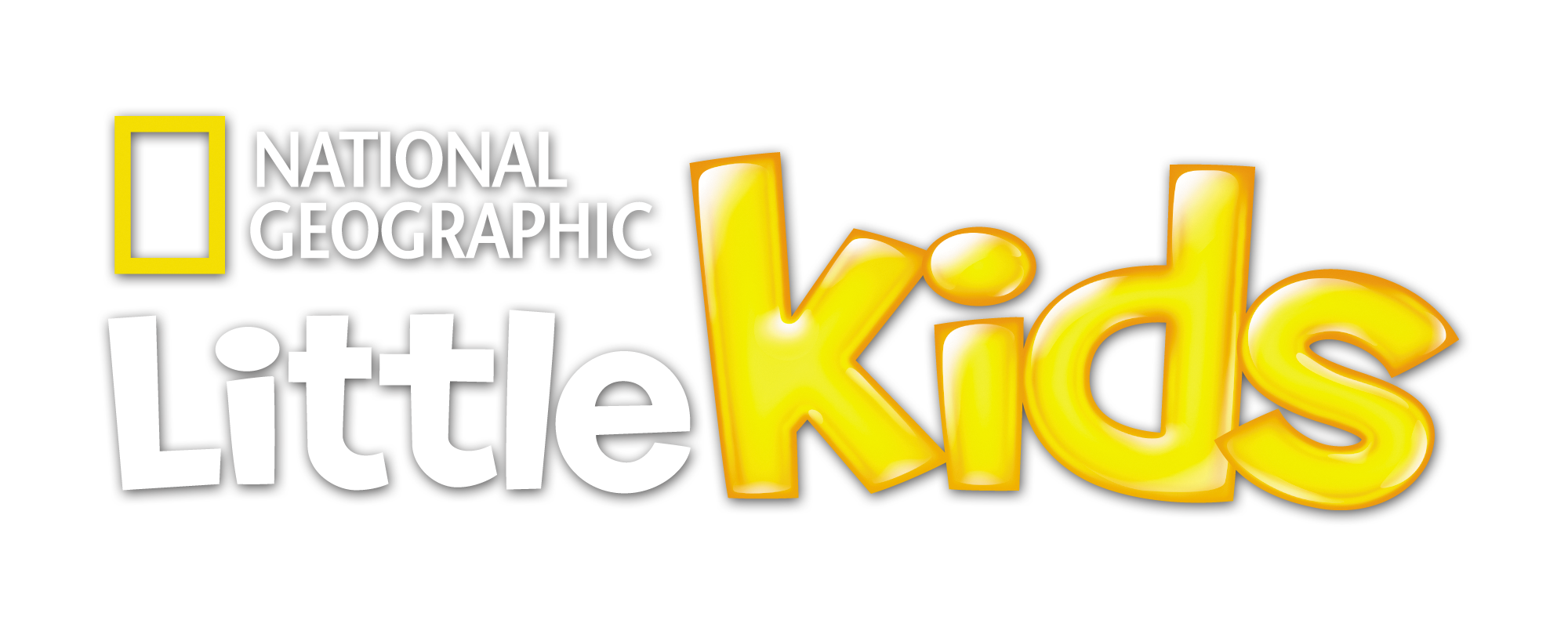
Woolly mammoth primary resource
Learn about the prehistoric woolly mammoth and how scientists are looking to bring them back!
This Science primary resource introduces children to the woolly mammoth. Discover the characteristics of this prehistoric beast. How did mammoths adapt to survive the harsh conditions of the Ice Age? Where did they live? Why are scientists trying to bring them back?
Pupils will learn about adaptation and how it may lead to evolution — and whether extinction can be reversed — in our National Geographic Kids’ Science primary resource sheet.
The teaching resource can be used in study group tasks for discussion about the pros and cons of bringing a species back from extinction. It could be used as a printed handout for each pupil to use for a case study about the mammoth and its adaptations or for display on the interactive whiteboard for class discussion.
Activity: As a class, children could be divided into two groups — one in support of bringing mammoths back from extinction, and the other against it. Hold a class debate on the topic, giving each team the chance to research and discuss their ideas beforehand.
Pupils could imagine that they have travelled back in time and encountered a woolly mammoth. Ask them to write a diary entry or postcard home, describing what they’ve seen. What did the mammoth look like? What were its movements like? What did it eat? Encourage the children to include facts and information from in their own independent research.
N.B. The following information for mapping the resource documents to the school curriculum is specifically tailored to the English National Curriculum and Scottish Curriculum for Excellence. We are currently working to bring specifically tailored curriculum resource links for our other territories; including South Africa, Australia and New Zealand. If you have any queries about our upcoming curriculum resource links, please email: schools@ngkids.co.uk
This Science primary resource assists with teaching the following Lower Key Stage 2 Science (Year 4) objectives from the National Curriculum:
- recognise that environments can change and that this can sometimes pose dangers to living things
National Curriculum Upper Key Stage 2 (Year 6) Science objectives:
Pupils should be taught to:
- recognise that living things have changed over time and that fossils provide information about living things that inhabited the Earth millions of years ago
- recognise that living things produce offspring of the same kind, but normally offspring vary and are not identical to their parents
- identify how animals and plants are adapted to suit their environment in different ways and that adaptation may lead to evolution
Pupils might find out about the work of palaeontologists such as Mary Anning and about how Charles Darwin and Alfred Wallace developed their ideas on evolution.
This Science primary resource assists with teaching the following Sciences First level objectives from the Scottish Curriculum for Excellence:
- By comparing generations of families of humans, plants and animals, I can begin to understand how characteristics are inherited
Scottish Curriculum for Excellence Sciences Second level objectives:
- By exploring the characteristics offspring inherit when living things reproduce, I can distinguish between inherited and non- inherited characteristics
- I can identify and classify examples of living things, past and present, to help me appreciate their diversity. I can relate physical and behavioural characteristics to their survival or extinction
Download primary resource
Note: This is a subscriber-only benefit. If you have an active subscription, please log into your online account to download the files.
More Like

What is a bushfire?

10 hair-raising Halloween facts!

10 facts about koalas!











LEAVE A COMMENT
THANK YOU
Your comment will be checked and approved shortly.
WELL DONE,
YOUR COMMENT
HAS BEEN ADDED!
COMMENTS1
Fatimah
love it a lot
CUSTOMIZE YOUR AVATAR